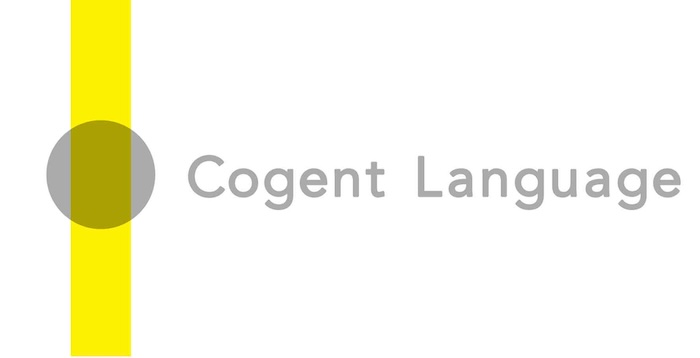11.5′ intro to product discovery based on the double diamond construct. Talking head style, but the talk is useful and usefully supported by visuals and highlights.
Category: *Design
This design perspetive on project know-how does development and problem-solving by a soft systems approach, centering users and communities. It emphasizes the importance of understanding social and cultural contexts, recognizing that technical solutions alone may not be sufficient. It combines elements of the traditional individual craft/”talent” of design with collaborative systems thinking and current technologies. It prioritizes user-friendliness, early stakeholder involvement, and transparent processes. It often involves creating visual representations of the complex relationships and perspectives within a system and surrounding it. Key early practitioners were architects (Alexander, Koberg and Bagnall), industrial designers (Jones, Norman) and visual facilitators (Sibbet) working in the 1960’s and 1970’s. However, for this community, the development of the Macintosh computer in the early 1980’s was a seminal event. That development may have been led more by Steve Jobs than by the principles of the community; however, the Mac and related technologies certainly have enabled this community to expand enormously, in scale and impact.
These days, “co-design” practitioners in Australia and New Zealand are among key thought leaders inspired by and extending this perspective on project know-how.
“Double Diamond in 3 Minutes”
Since its emergence in the early 1970’s, the soft systems design community of practice has been enabling non-technical persons to participate in collaborative problem-solving and design processes. It does so by way of processes strongly informed by systems thinking but scaffolded by visual models, physical prototypes, and conversation, rather than by precise definitions, math, and […]
“SMART Goals – Quick Overview”
Excellent 3′ presentation – helps to understand related ideas as well, e.g. prioritization, alignment, metrics/performance measures, and the choice thereof.
“Satir Change Model”
Useful 8′ explanation based on a single slide, with annotations set out in support of the talk. Re Satir’s pracctice, what is missing here is her thinking in terms of “wholes” and balance, her deep empathy for whole family network/group, and her fearless, nurturing intent. “Systemic mothering”, if you will. The potency of her practice […]
“Use Innovation Games”
Here is a brief (<3′) introduction to innovation games, including a short talk by the one who “wrote the book” on them, Luke Hohman. One major use of such games is to inform prioritization decisions, that is, decisions about the relative value of product features or increments, from various perspectives. The three games mentioned here […]
“What is CATWOE?”
Useful introduction to the construct of “root definition” of any “human activity system”, including any project or potential project. CATWOE is the acronym of human activity system (HAS) elements: Customer, Actor, Transformation, Worldview, Owner, Environment. Explained more from a business rather than a systems perspective. A bit “talky” but a helpful into in about 5.5′.
“Soft Systems Methodology in 10 Minutes (nearly)!”
Useful visuals and talk
“Satir Change Model”
Brief introduction (<4′) to the six stages of this model.
“The Story of Codesign”
Animated narrative (<4″) demonstrating principles and key constructs of co-design
“The Interaction Method”
Short (<2′) introduction
